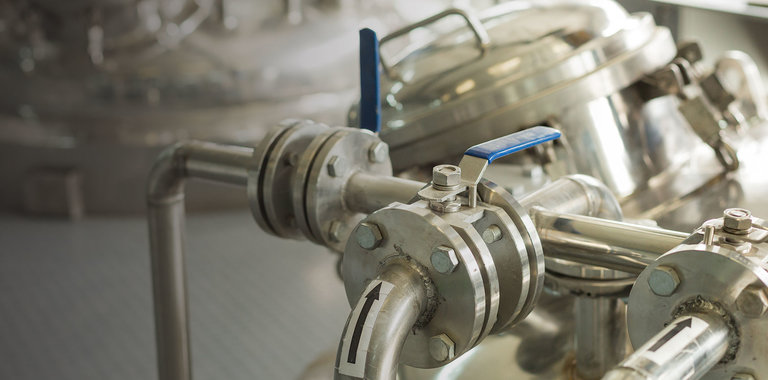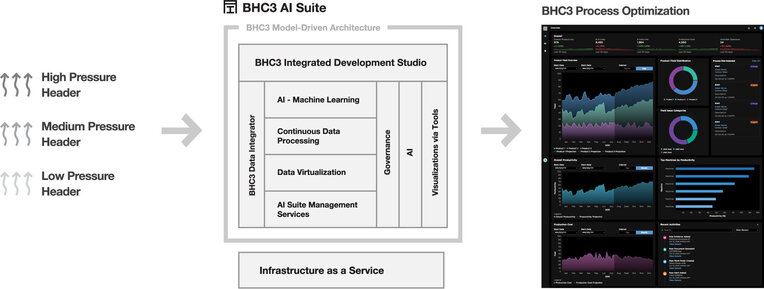
Enterprise AI for Process Optimization
Project Challenge
In the first phase, the joint team first ingested one year of historical data from 545 LNG wells, consisting of 10 billion rows of data, into a unified data model. The team built four machine learning models to predict well failures, including three different failure modes (rod, tubing and intake), and deployed the BHC3TM Reliability application on the BHC3 AI Suite platform.
The second phase tested the models against an additional three years of real historical operating and failure data from a different group of 600 LNG wells. The machine learning models detected 642 failures, indicating an effective model to predict well failure.
In the final phase, the team field tested the application by loading daily information from a third set of 700 wells into the BHC3 AI Suite and generated a set of failure scores for those wells.
The application performed daily failure prediction for 28 days, generating a daily report that detected and predicted more than 50 confirmed well failures including plugged intakes, parted rods and tubing integrity failures.
Approach
Over 12 weeks, the BHC3 team configured BHC3 Process Optimization for the biggest and most complex process facilities of the global fertilizer company. The team reviewed more than 80 different Piping and Instrumentation (P&ID) diagrams and mapped out all the relevant tags for the high, medium, and low-pressure steam headers. The team then integrated two years of historical sensor data from 1,000 tags into the BHC3 AI Suite, creating a unified data image for the entire steam balance system.
The BHC3 team used the ML models to solve the power optimization problem at the facility level. The final function has six optimization variables and more than 25 optimization constraint equations. Under a steady-state assumption, BHC3 Process Optimization recommends inlet steam and extraction flows that would maximize the power generated at the facility. Steam flow recommendations are automatically converted into optimal pressure and power set points that are easy for chief operators to implement.
About the Company
- $9 billion annual revenue in 2020
- 35M tons of fertilizer production capacity
- Operations in 9 different countries
- 13,000 employees
Project Highlights
- 12 weeks from kickoff to pre-production application
- Integrated two years of historical data, comprising of nearly 200 tags at
5-minute intervals per data point - Created unified data image from 80+ different P&IDs
- Implemented more than 25 equations as problem optimization constraints
- Trained six different ML models to predict power generated by turbogenerators
- Configured the BHC3 Process Optimization application user interface to include gamification elements
Results
$7.2M
15%
70%+
68,000 tons
Solution Architecture

Proven results in weeks, not years

Take the next step
Speak with an expert
Talk to one of our AI experts about what BHC3 products can do for the energy sector.
Request a demo
See the BHC3 AI Platform in action and learn more about our applications.
Schedule a briefing
Meet the BHC3 team in person and see what it's like to work with us.
